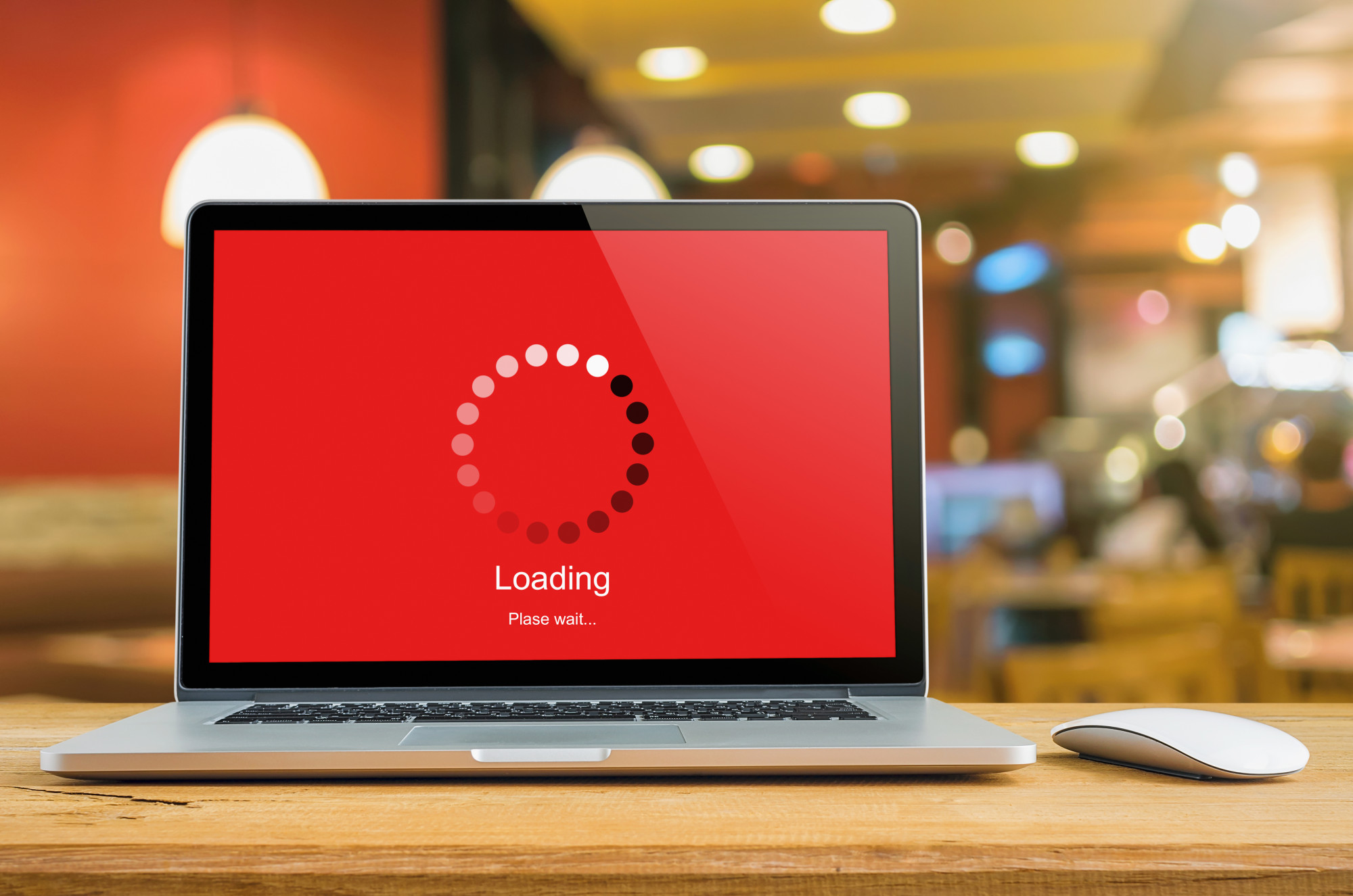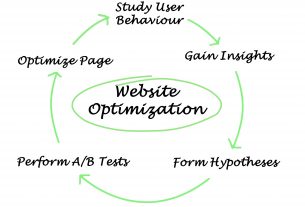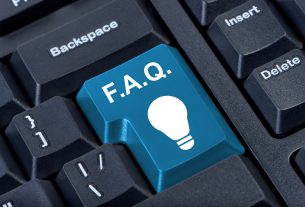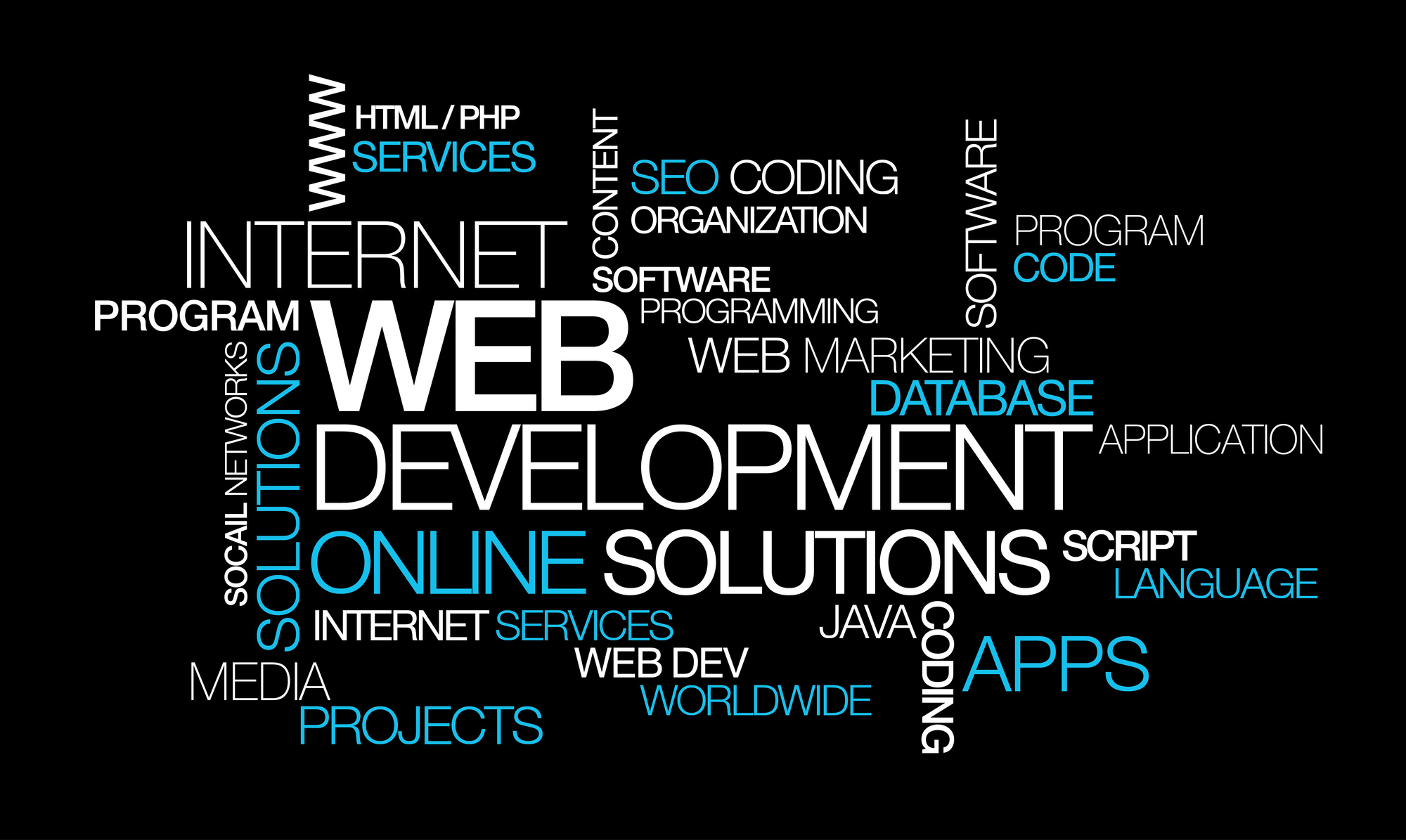Imagine queuing at a checkout to buy something and the cashier is moving slower than a snail on holiday. Would you hang around waiting all day, or would you simply shop somewhere else instead?
Well, the same goes for online. If your website is taking too long to load, visitors will go elsewhere. But if losing customers wasn’t enough, slow site speeds can even be detrimental to your Google ranking, meaning additional traffic loss.
As you can see, the speed of your site is crucial to user experience and your business. That’s why today you’ll discover some top tips to improve your site speed and make every second count.
What Determines Site Speed?
There are a number of factors at play here such as content, code, servers, and caching. It can be tricky determining what might be slowing your site down, so it’s essential to run a test using something like the PageSpeed Insights tool.
This will give you a speed score and show you what else is causing any issues. Once identified, you can start trying out the tips below. Then you can begin to do more about getting those leads and traffic to your site again.
Optimize Your Images
Images can help to enhance the user experience and make your site more attractive to visitors. But if you have too many, or the file sizes are too big, the page is going to take much longer to load. In order to avoid this, you’ll need to compress the images to a smaller size.
This can be done with most image editors like Photoshop. Generally, the best size for images is 2Mb or below so as not to compromise on speed. However, you may have to experiment with this as lower file sizes can also affect the quality of the image and distort it.
Browser Caching
When someone loads your site, their browser must gather up all of the page resources, from images to code, in order to view it. To save doing this every time, browser caching will remember those resources and make the next visit super speedy.
If you have a Word Press site, a popular tool to use is W3 Total Cache. Or there’s Tools.Pingdom, which will help reveal any caching issues and help you to fix them with ease.
Minify HTML
If there’s a lot of code on your site, it also affects loading times. Minifying the code is where you reduce the amount there, thus speeding up various processes. You can get tools like HTML Minify that identifies unused code, fix it, format it, and shorten it. It’s like taking a load of long, hard-to-read text and making it more concise and easier to read.
Accelerated Mobile Pages
Last up we have Accelerated Mobile Pages (AMP) which helps pages load faster on mobile devices. It does this by reducing unnecessary content and features that slow down performance.
About half of people browse the internet on mobile devices, so doing this is not only a way to improve your site speed, but Google prefers it too, and will rank you higher for it too!
Boost Your Site Speed Today
If your traffic has been slow recently, it may well be down to your site speed. With these tips, you should be able to determine exactly what’s causing your slow speeds and implement ways to improve it significantly.
For more website tips and tricks, be sure to check out what else we have on offer for you today!




